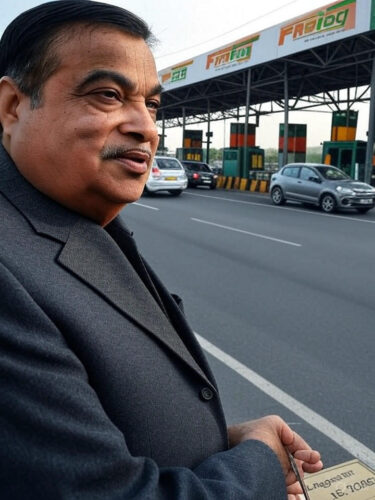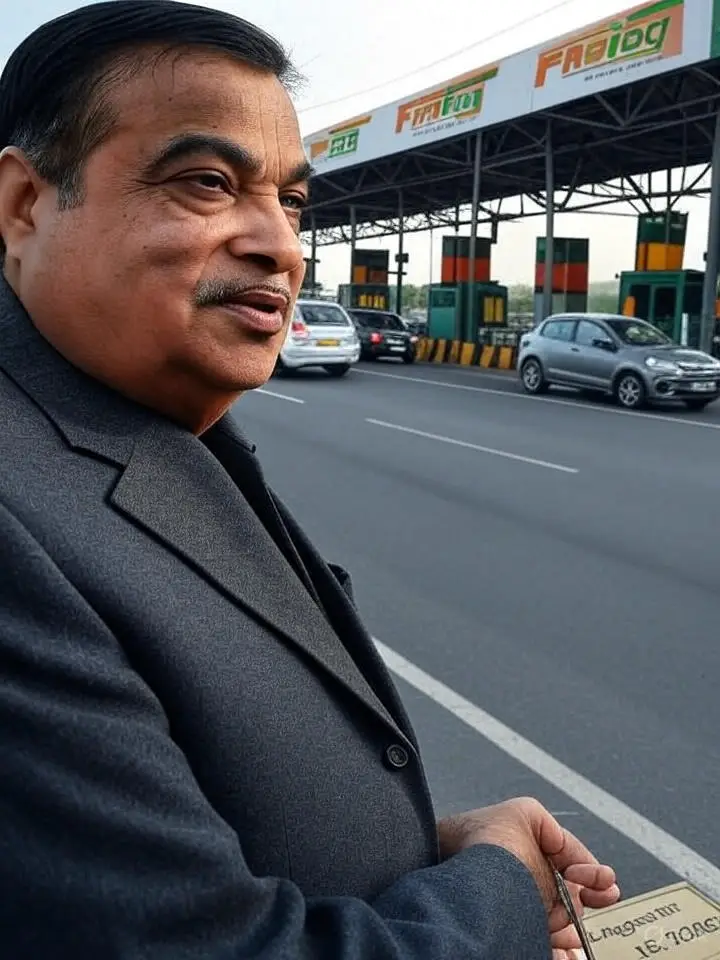
FASTAG ANNUAL SCHEME presents a streamlined, cost-effective alternative for frequent highway travelers. With a single payment, users can transcend the inconvenience of repeated toll fees and monthly FASTag recharges, potentially saving up to ₹7,000 annually based on their travel patterns. The National Highways Authority of India (NHAI) and the Ministry of Road Transport and Highways (MoRTH) have crafted this pass to harmonize seamlessly with existing FASTag infrastructure, eliminating the need for additional documentation. Activation and renewal will soon be accessible via the Rajmarg Yatra App, NHAI, and MoRTH websites, ensuring a transparent and paperless experience.
This initiative intriguingly addresses persistent commuter grievances, particularly regarding toll plazas within a 60 km radius that have caused frequent stops and elevated costs. Might this represent a constructive step toward mitigating the influence of alleged toll mafias—entities reportedly linked to opaque toll collection practices? The prospect of a unified, affordable payment fosters hope, though thoughtful questions linger about its wider implications.
Why the Fuss About Toll Mafias?
The term “toll mafia” has been whispered among commuters and in media circles, pointing to allegations of mismanagement, overcharging, and lack of transparency at some toll plazas. While not officially acknowledged by authorities, these concerns have fueled public frustration, with stories of inflated toll fees and unnecessary delays circulating widely. The FasTag Annual Scheme could indirectly challenge such practices by standardizing costs and reducing direct interactions at toll booths, where disputes often arise. By capping expenses at ₹3,000 for 200 trips, the scheme offers predictability and affordability, potentially weakening any exploitative practices tied to per-trip charges.
Yet, the curious mind wonders: will this scheme truly disrupt entrenched interests, or is it merely a bandage on a deeper wound? The government’s push for digital tolling via FASTag, which now accounts for over 98% of toll collections, suggests a move toward greater accountability. But are there safeguards to ensure the system remains free from manipulation?
How Does the Scheme Work?
The mechanics of the FasTag Annual Scheme are straightforward yet innovative. Vehicle owners with a valid FASTag can purchase the annual pass for ₹3,000, which activates automatically upon the next toll crossing. The pass covers 200 trips across any National Highway or Expressway toll plaza, valid for one year from activation. Once the trip limit or the year expires, users revert to standard FASTag payments. Importantly, the scheme is optional, allowing flexibility for those who prefer traditional toll payments.
The pass is non-refundable for unused trips and cannot be combined with other discounts, and users must adhere to rules like avoiding speeding violations to prevent pass suspension. Applications will open in mid-July through major FASTag providers like Paytm and PhonePe, making it accessible to millions. With over 8 million weekly highway travelers, the scheme could reshape India’s road travel landscape.
What’s intriguing is the potential ripple effect. Could this model inspire similar reforms for state highways, which are excluded from the scheme? And how will toll operators, who rely on per-trip revenue, adapt to this fixed-fee structure?
Benefits and Savings: A Closer Look
The FasTag Annual Scheme promises substantial savings. For instance, a commuter paying ₹340 monthly for a single toll plaza spends ₹4,080 annually. In contrast, the annual pass covers 200 trips nationwide for ₹3,000, saving at least ₹1,080 and up to ₹7,000 for frequent travelers. For daily commuters, sales professionals, or weekend travelers, the savings could be even higher, with estimates suggesting up to 80-90% reductions compared to regular toll costs of ₹15,000-₹30,000 for 200 trips.
Beyond finances, the scheme aims to reduce congestion and waiting times, addressing a major pain point for highway users. By minimizing stops and disputes, it could enhance the driving experience, making long journeys smoother and more predictable. But here’s a curious thought: will the reduced revenue per trip pressure toll operators to improve efficiency, or could it lead to new fees elsewhere?
Challenges and Open Questions
While the FasTag Annual Scheme is a bold step, it’s not without challenges. The pass is limited to non-commercial vehicles, leaving commercial drivers and public transport users without similar relief. Additionally, state highways and local toll plazas remain outside the scheme’s scope, meaning commuters on these routes will continue paying standard rates. This raises questions about equity—will all travelers benefit equally, or will some feel left behind?
Another point of curiosity is enforcement. How will the NHAI ensure that toll plazas honor the pass without glitches? Past FASTag issues, like incorrect deductions or deactivated tags, highlight the need for robust systems. The government’s promise of a paperless, transparent process is encouraging, but its success hinges on flawless execution.
Then there’s the question of toll mafias. While the scheme doesn’t directly address allegations of misconduct, its fixed-fee structure could reduce opportunities for overcharging. Yet, without stricter oversight, could new loopholes emerge? The public’s curiosity about whether this initiative will truly liberate them from toll-related frustrations remains strong.
A Step Toward a Broader Vision?
The FasTag Annual Scheme aligns with India’s broader push for digital and efficient road infrastructure. The FASTag system, mandatory since 2021, has already transformed toll collection, reducing fuel waste and congestion. With over 7 crore FASTags issued, the technology has proven its scalability. The annual pass builds on this foundation, potentially paving the way for future innovations like the ANPR-FASTag-based Barrier-Less Tolling System.
But the scheme’s true impact may lie in its ability to restore public trust. By addressing “long-standing concerns” about toll plazas, as Gadkari noted, it signals the government’s willingness to listen. Could this be the first step toward dismantling systemic issues in toll collection, or is it a well-intentioned but limited fix? Only time will tell.
What’s Next for Commuters?
As the FasTag Annual Scheme rolls out on August 15, 2025, millions of private vehicle owners will have the chance to test its benefits. The promise of hassle-free, cost-effective travel is enticing, but its success will depend on seamless implementation and public adoption. Commuters are encouraged to explore the Rajmarg Yatra App and FASTag provider platforms to prepare for the mid-July application window.
The scheme also invites curiosity about its long-term effects. Will it inspire similar reforms for commercial vehicles or state highways? Could it set a precedent for tackling other public grievances, like the alleged toll mafia issue? For now, the FasTag Annual Scheme offers a glimmer of hope—a potential path to greater freedom and fairness on India’s highways.















